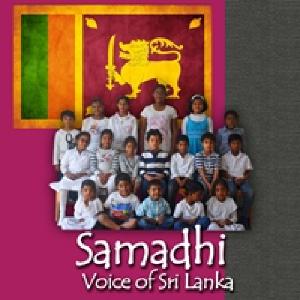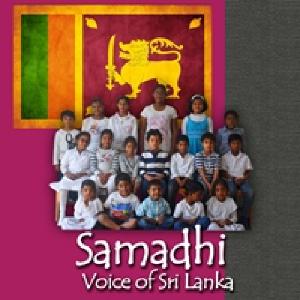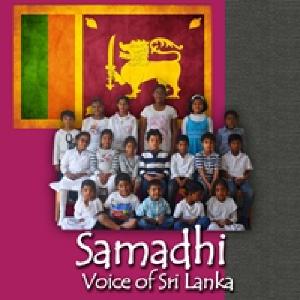Samadhi - Voice of Sri Lanka
Subscribed: 26Played: 516
Subscribe
© (C)Plains FM 96.9
Description
Generously supported by the Ethnic Communities Development Fund.
From a chance meeting with Dr. Kalyani Wijayawardana at the Christchurch Migrants Centre, a radio show for the Sri Lankan community was born!
Covering Sri Lankan culture, history, literature and music, Samadhi – Voice of Sri Lanka provides a programme for the Sri Lankan community here in Canterbury. Produced and hosted by the students of the Sri Lankan Language and Cultural school, Samadhi – Voice of Sri Lanka gives the students an amazing opportunity to experience broadcasting and to gain access to the richness of Sri Lankan culture through stories, songs, traditional music, folk songs and melodies.
Samadhi – Voice of Sri Lanka aims to promote cultural identity among young Kiwi Sri Lankans in Christchurch while respecting other cultures, and to develop self-esteem by participating in radio programmes. All students are aged between 4 – 12 years, and so to host their own radio show is an impressive feat!
The Sri Lankan Language and Culture School was established to disseminate ideas, information and important aspects on cultural heritage, Sinhala language and literature to educate the young Sri Lankan community of Christchurch. For more information please visit http://samadhibuddhistvihara.org.nz
From a chance meeting with Dr. Kalyani Wijayawardana at the Christchurch Migrants Centre, a radio show for the Sri Lankan community was born!
Covering Sri Lankan culture, history, literature and music, Samadhi – Voice of Sri Lanka provides a programme for the Sri Lankan community here in Canterbury. Produced and hosted by the students of the Sri Lankan Language and Cultural school, Samadhi – Voice of Sri Lanka gives the students an amazing opportunity to experience broadcasting and to gain access to the richness of Sri Lankan culture through stories, songs, traditional music, folk songs and melodies.
Samadhi – Voice of Sri Lanka aims to promote cultural identity among young Kiwi Sri Lankans in Christchurch while respecting other cultures, and to develop self-esteem by participating in radio programmes. All students are aged between 4 – 12 years, and so to host their own radio show is an impressive feat!
The Sri Lankan Language and Culture School was established to disseminate ideas, information and important aspects on cultural heritage, Sinhala language and literature to educate the young Sri Lankan community of Christchurch. For more information please visit http://samadhibuddhistvihara.org.nz
22 Episodes
Reverse










Los Razos
el grupo Trono de México